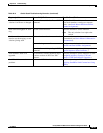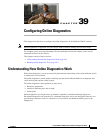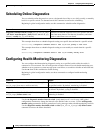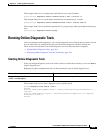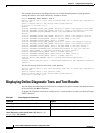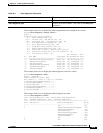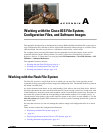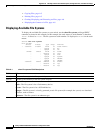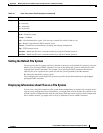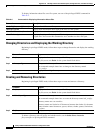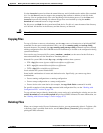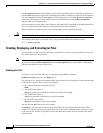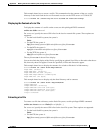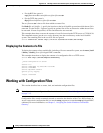
A-1
Catalyst 2960 and 2960-S Switch Software Configuration Guide
OL-8603-09
APPENDIX
A
Working with the Cisco IOS File System,
Configuration Files, and Software Images
This appendix describes how to manipulate the Catalyst 2960 and 2960 switch flash file system, how to
copy configuration files, and how to archive (upload and download) software images to a switch. Unless
otherwise noted, the term switch refers to a standalone switch and to a switch stack.
For complete syntax and usage information for the commands used in this chapter, see the switch
command reference for this release and the Cisco IOS Configuration Fundamentals Command
Reference, Release 12.2 from the Cisco.com page under Documentation > Cisco IOS Software > 12.2
Mainline > Command References.
This appendix has these sections:
• Working with the Flash File System, page A-1
• Working with Configuration Files, page A-8
• Working with Software Images, page A-23
Working with the Flash File System
The flash file system is a single flash device on which you can store files. It also provides several
commands to help you manage software image and configuration files. The default flash file system on
the switch is named flash:.
As viewed from the stack master, or any stack member, flash: refers to the local flash device, which is
the device attached to the same switch on which the file system is being viewed. In a switch stack, each
of the flash devices from the various stack members can be viewed from the stack master. The names of
these flash file systems include the corresponding switch member numbers. For example, flash3:, as
viewed from the stack master, refers to the same file system as does flash: on stack member 3. Use the
show file systems privileged EXEC command to list all file systems, including the flash file systems in
the switch stack.
No more than one user at a time can manage the software images and configuration files for a switch
stack.
These sections contain this configuration information:
• Displaying Available File Systems, page A-2
• , page A-2
• Displaying Information about Files on a File System, page A-3
• Creating and Removing Directories, page A-4



